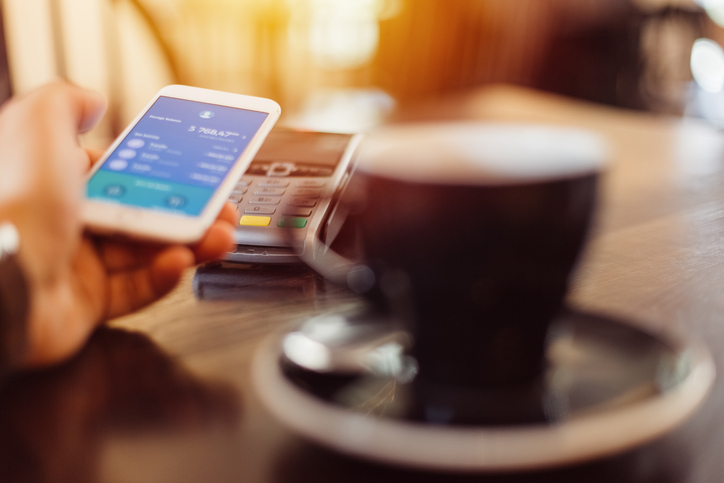Last Updated on: 2nd January 2024, 08:57 am
In today’s fast-paced digital environment, email has become a cornerstone of both personal and professional communication. With Microsoft Outlook being one of the most widely used email platforms, it holds a wealth of information, from business correspondence to personal messages. This makes the data within Outlook not just valuable, but often irreplaceable. However, as the digital world evolves, so do the risks associated with data loss and breaches.
Whether it’s due to malware attacks, accidental deletions, or system failures, the consequences of losing access to your Outlook data can be severe. Thus, safeguarding this data is not just recommended; it’s essential. By implementing a few key strategies, discussed in this blog, users can significantly reduce the risk of data loss and ensure their information remains secure and accessible.
1. Regularly Update Your Outlook Software
The first line of defense in safeguarding your Outlook data is to keep the software itself up to date. Each update from Microsoft often includes security enhancements and fixes for vulnerabilities that hackers could exploit. By regularly updating Outlook, you are not just enhancing its performance but also fortifying its security measures. This simple yet effective step helps in maintaining the integrity of your data.
2. Utilize Outlook’s Built-In Backup Features
Microsoft Outlook provides built-in features for backing up email data, an essential practice for any user. Regular backups can prevent the loss of valuable information in the event of unforeseen circumstances. For instance, using a Microsoft backup email solution like SpinBackup, users can create copies of their emails, contacts, and calendars. This allows for the recovery of important information if it’s ever lost or corrupted, providing a safety net for your valuable data.
3. Be Cautious with Email Attachments and Links
Malware frequently infiltrates systems through email attachments and links, representing a common entry point. Exercise caution when interacting with such elements, particularly if they originate from unfamiliar or suspicious sources. Validate the sender’s credibility and scan attachments using antivirus software prior to opening them. Expanding your knowledge about various email threats can significantly bolster your data protection against malicious attacks.
4. Implement Strong Passwords and Two-Factor Authentication
A strong password is a fundamental aspect of securing your Outlook account. Steer clear of familiar phrases and incorporate a blend of letters, numbers, and symbols. Furthermore, integrating two-factor authentication provides an additional security level. This approach mandates a secondary verification method, like a text message or app notification, alongside your password. It significantly heightens the difficulty for unauthorized access to your account, even if someone possesses your password.
5. Regularly Clean and Organize Your Inbox
Maintaining an organized inbox is not just about cleanliness; it’s about security, too. Deleting unnecessary emails on a regular basis reduces the load on your Outlook database, which can prevent performance issues and data corruption. Whats more, organizing your inbox helps you to monitor and manage your emails more effectively, reducing the chances of overlooking malicious emails. This practice, while seemingly simple, can significantly contribute to the overall health and security of your Outlook data.
6. Use a Reliable Antivirus and Anti-Malware Software
Protecting your Outlook data from external threats is crucial, and one of the most effective ways to do this is by using reliable antivirus and anti-malware software. These programs act as gatekeepers, scanning incoming emails for potential threats and protecting your system from malicious attacks that could compromise your data. Regularly updating these software programs ensures that they are equipped to deal with the latest threats, providing an essential layer of defense for your Outlook data.
7. Be Aware of Syncing Risks with Multiple Devices
In today’s connected world, we often access our Outlook accounts from multiple devices, such as smartphones, tablets, and laptops. While this provides convenience, it also introduces risks, particularly with data syncing. Inconsistent or faulty syncing can lead to data loss or duplication. To mitigate these risks, regularly check your sync settings and ensure that all devices are properly updated and configured. Understanding how data syncs across your devices can help prevent potential issues.
8. Educate Yourself on Recognizing Phishing Scams
Phishing scams are a significant threat to email security, and being able to recognize these deceptive tactics is a vital skill. These scams typically involve emails that appear legitimate but contain links or attachments designed to steal personal information or infect your system with malware. Educating yourself and staying informed about the latest phishing techniques can help you spot and avoid these threats. If an email looks suspicious or too good to be true, it probably is.
9. Create Regular Offline Backups
Offline backups are a key component in safeguarding your Outlook data. By regularly creating backups on a physical device, such as an external hard drive or USB stick, you ensure that you have a copy of your data that is not dependent on your computer or online services. This practice is particularly important in situations where you might not have access to the internet or if your online data becomes corrupted. Regularly scheduled offline backups can provide peace of mind and a practical solution in case of data loss.
10. Consider Cloud Backup Solutions
Cloud backup solutions offer another effective method for safeguarding your Outlook data. These services provide remote, online storage for your data, allowing you to access it from anywhere at any time. Cloud backups are typically automated, reducing the risk of human error in the backup process. When considering cloud backup solutions, it’s important to choose a reputable provider and understand their security measures and policies. This ensures that your data is not only backed up but also secure in the cloud environment.
Conclusion
Safeguarding your Outlook data is a multi-faceted approach that requires diligence, awareness, and the use of effective tools and practices. From implementing robust security measures like antivirus software and two-factor authentication to being vigilant about email scams and syncing issues, each step plays a key role in protecting your valuable information. Regular backups, both offline and in the cloud, provide a safety net, ensuring that your data remains accessible and secure, even in the face of unexpected events.
In today’s digital age, where email communication is integral to our daily lives, taking proactive steps to safeguard Outlook data is not just a recommendation — it’s a necessity. By adhering to these essential tips, you can maintain the integrity and security of your email data, ensuring that your personal and professional communication remains uninterrupted and protected.









